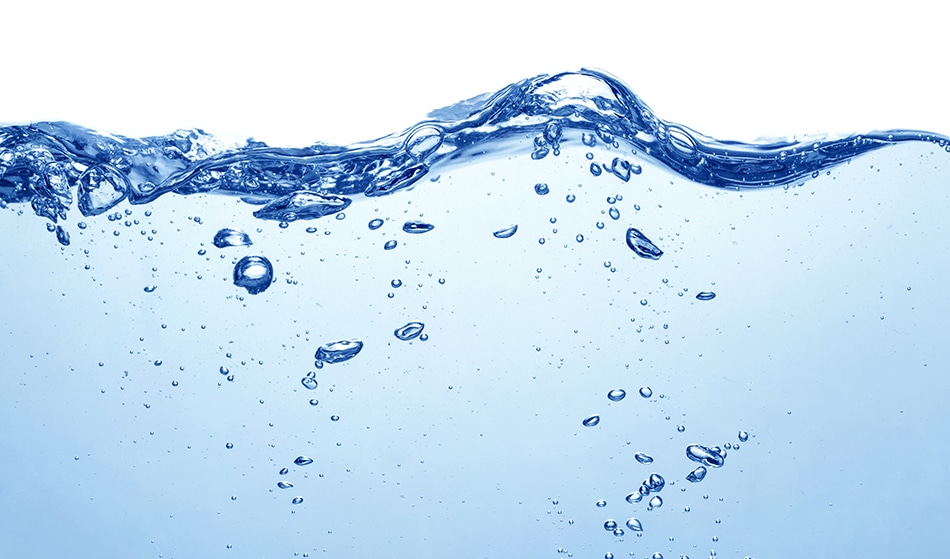Jul 27 2018
Nearly 70% of the water in the world is used for agriculture and this trend seems to be upward one in relation to water needs. Under these conditions in which the requirements in other industry sectors is also increasing and the impacts of climate change influence ever-increasing water shortages, measures for saving water have turned out to be an unavoidable challenge if the sector has to be maintained and life preserved.
 Image credit: Pineapple studio / Shutterstock
Image credit: Pineapple studio / Shutterstock
This is precisely the challenge accepted by Rafael González, Agronomy Department researcher, while creating a model with the ability to predict beforehand the water required by each water user every day. Hence, this tool emerged from an urge to join water resource sustainability.
The novel part of this model lies in the application of artificial intelligence methods such as fuzzy logic, a system employed to describe the behavior of decision making. Here, it merges variables that are simple to measure, such as agroclimatic ones or the size of the plot of land to be watered, with other highly complex variables, such as conventional techniques in the area and holidays during watering season.
The FIS model, a fuzzy logic system, translates input variables such as temperature, humidity, and so on to the language based on which its rules work. Optimal curves are plotted for those input parameters by applying genetic algorithms, and the relationship between them is established through neural networks. Consequently, the number of millimeters that will be used by each water user is established by deducing the applied irrigation depth.
The goal of this tool is to control the changing needs of water. By achieving this, water users associations will be in a position to use their water supply in a highly organized and precise way, predict pump station adaptation problems, and efficiently organize maintenance and fault repair jobs without affecting irrigated areas or wasting water.
The possibility of predicting water demand also enables hiring staff and contracting electric service only when highly necessary, thereby optimizing these resources apart from being eco-friendly and cost-effective.
How is this Data Obtained?
The development of this tool relates to a transformation in the management of water users associations, depending on information and knowledge. Previously, this management was principally based on intuition or what had been followed for many years. In contrast, at present, these associations can depend on accurate information.
But from where does this information come? Here, to determine the impact of the different use for different crops on the accuracy of the model, Rafael González employed data from a remote control system of a Canal del Zújar water users association for rice, corn, and tomato crops. Thus, the feasibility of telemetry and remote control systems are obvious.
Until now, the data produced by these systems was basically used to charge each user in the network for the amount of water they used; however, this system enables all the measurements produced to be used to forecast. Hence, the model developed by González reconsiders the measuring systems used by water users associations, thereby fulfilling not only skilled workers and management at water users associations but also innovative companies in the telemetry field. All of this is achieved while bearing in mind the global efforts to save water.